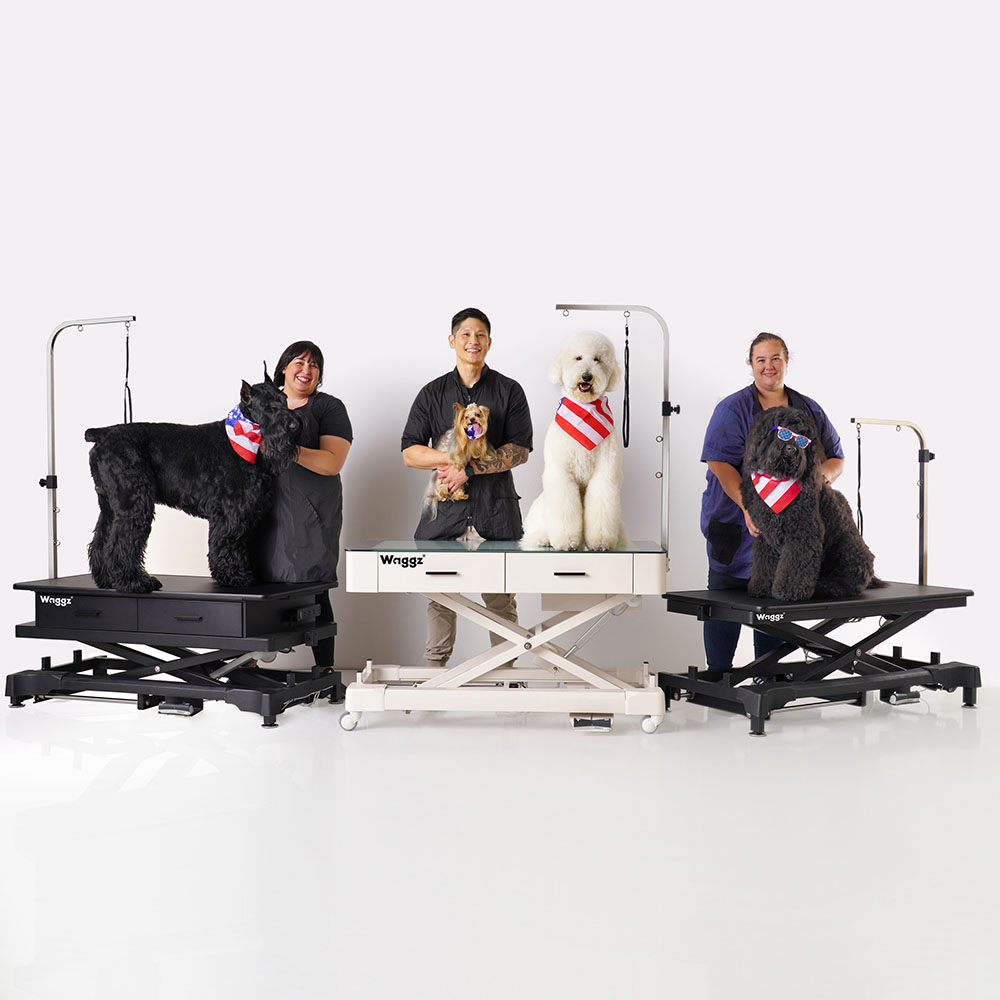For many pet owners, the decision to purchase pet insurance is driven by the desire to ensure their beloved companions are well-cared for throughout their lives. With vet bills rising astronomically, pet insurance is becoming increasingly popular as a means of managing expenses for better peace of mind.
One question many pet owners have is whether pet insurance covers grooming. In this article, we’ll delve into the world of pet insurance, exploring whether grooming expenses are covered, in addition to the available options for pet owners seeking comprehensive coverage for their furry friends.
Pet Insurance: What It Is and What It Covers
Pet insurance is an insurance policy designed to help pet owners manage the costs of vet bills, particularly in the case of accidents, illnesses, or chronic conditions. What does pet insurance cover? Pet insurance policies typically cover various aspects of veterinary care, such as diagnostic tests, surgeries, hospitalization, medications, and in some cases, even alternative therapies.
However, pet insurance policies are not one-size-fits-all, and the specific coverage offered varies greatly depending on the provider and plan chosen. Most policies are designed to cover unforeseen medical expenses, so it’s essential to read the fine print and understand what is and isn’t included in your policy.
Does Pet Insurance Cover Grooming?
In general, pet insurance policies do not cover grooming expenses, as they are considered routine maintenance and not directly related to the health or well-being of the pet. Grooming services, such as haircuts, nail trims, and baths, are considered part of the regular upkeep that pet owners are expected to manage independently.
However, there are rare exceptions to this rule. Certain medical conditions may require specialized grooming procedures. Some pet insurance providers may offer coverage for these health-related grooming services. For example, if a dog has a skin condition that necessitates regular medicated baths, these baths may be covered. Similarly, a pet that requires sedation for grooming due to extreme anxiety or aggressive behavior may have that cost covered under the policy’s medical provisions.
It’s important to note that coverage for grooming-related expenses in these situations is not guaranteed and will depend on the specifics of the individual policy. Pet owners should carefully review their insurance policy’s terms and conditions to determine if these specialized grooming services are covered.
Preventative Care Packages
For pet owners seeking more comprehensive coverage, including expenses related to grooming, some insurance providers offer what are known as “preventive care packages.” These packages cover routine care costs, such as vaccinations, dental cleanings, and wellness exams.
These packages don’t come standard with pet insurance, but are offered as add-ons. Before deciding on a preventative care package, pet owners should calculate the costs and benefits of such a plan to ensure the plan actually saves them money in the long run.
Factors to Consider When Choosing Pet Insurance
There are a number of factors to consider when choosing pet insurance. THese include:
- Coverage: Ensure the plan covers the types of veterinary care your pet is likely to need, including any specific medical conditions or treatments they may require. Be sure to review the fine print and understand any exclusions or limitations.
- Deductibles and Copays: Determine how much you’ll be responsible for paying out-of-pocket before the insurance kicks in (deductibles) and the percentage of the costs you’ll be responsible for once coverage begins (copays). Choose a plan that strikes a balance between manageable out-of-pocket expenses and comprehensive coverage.
- Reimbursement Levels: Pet insurance policies typically reimburse a percentage of the costs of covered treatments, ranging from 70% to 100%. Higher reimbursement levels will result in lower out-of-pocket costs for you but may come with higher premiums.
- Premiums: Consider the monthly or annual premium costs for the policy and weigh them against the coverage provided. Keep in mind that higher premiums may offer better coverage, but you should still find a plan that fits within your budget.
- Lifetime Limits: Some policies have lifetime or annual limits on the amount they will pay out for covered treatments. Be sure to choose a plan with limits that will sufficiently cover your pet’s needs.
Conclusion
Pet insurance policies generally do not cover grooming expenses, but there may be exceptions for medical conditions that require specialized grooming services. For pet owners seeking more comprehensive coverage, preventive care packages may be an option worth considering. When choosing such an insurance policy, it’s crucial to weigh the costs and benefits, taking your pet’s unique needs into account in addition to your financial situation. By doing your due diligence and comparing plans, you can find the best coverage for your furry friend and gain peace of mind knowing they’re protected.








